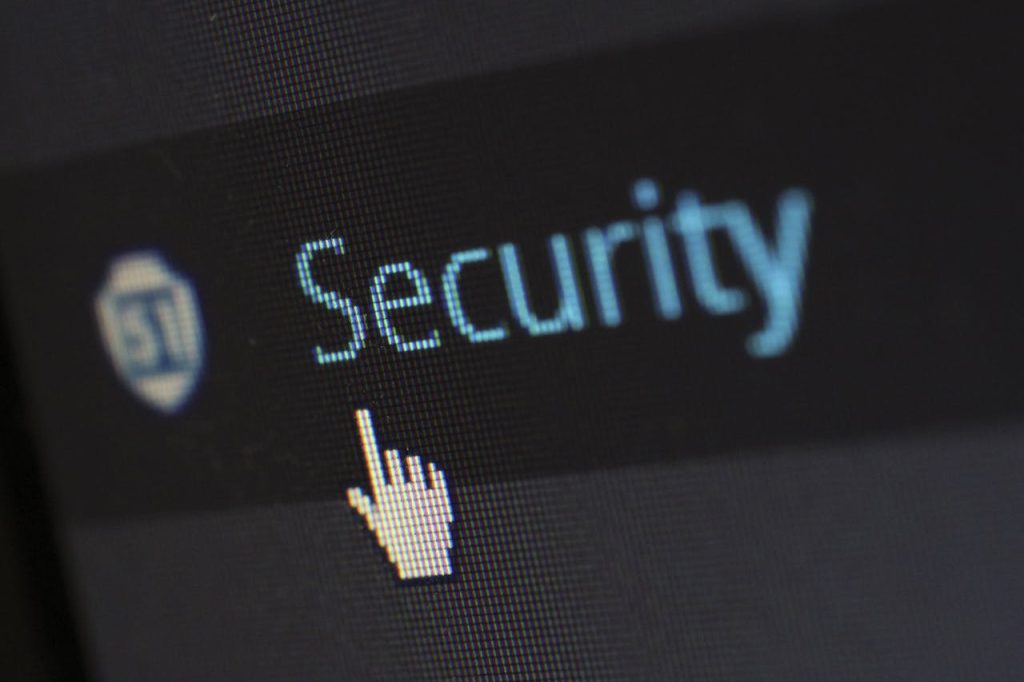
Whether you’re tech-savvy or just getting started, securing your digital devices doesn’t need to be overwhelming. With just a few essential steps, you can protect your privacy, safeguard your data, and reduce the risk of hacks or tracking — all without expensive software or technical jargon.
Step 1: Use a Strong Screen Lock
Always enable:
- 🔒 PIN, password, or biometrics (Face ID, fingerprint)
- ⚠️ Avoid swipe-to-unlock or 4-digit PINs
Tip: Combine PIN and biometrics for both speed and protection.
Step 2: Turn On Full Disk Encryption
Encrypting your device ensures your data is unreadable if lost or stolen.
| Device | Encryption Method |
|---|---|
| Android | Enabled by default (check in Settings → Security) |
| iPhone | Enabled when screen lock is on |
| Windows | BitLocker (Pro edition) |
| macOS | FileVault (System Settings → Security & Privacy) |
🧠 Don’t forget: strong login passwords are key to making encryption effective.
Step 3: Update Your Software Regularly
Software updates fix:
- 🛠️ Security flaws
- 🦠 Vulnerabilities used by malware
- ⚙️ Compatibility and performance issues
✅ Turn on automatic updates whenever possible (system & apps).
Step 4: Install a Trusted Antivirus/Antimalware Tool
- Windows: Windows Defender (built-in) or Malwarebytes
- macOS: Malwarebytes for Mac or KnockKnock
- Android: ESET, Malwarebytes Mobile
- iOS: Focus on system hardening and privacy settings
📌 Avoid free antivirus apps with ads or vague policies.
Step 5: Secure Your Wi-Fi & Network Use
- Change your Wi-Fi router password (not just the Wi-Fi name password)
- Use WPA2 or WPA3 encryption
- On public Wi-Fi: use a VPN (e.g. ProtonVPN, Mullvad, IVPN)
- Disable auto-connect to networks
Tip: At home, change the default admin login on your router!
Step 6: Install a Password Manager
Use a password manager to:
- Create strong, unique passwords
- Autofill them securely
- Sync across devices
✅ Recommended: Bitwarden, KeePassXC, 1Password
Never reuse passwords across accounts — especially email and banking.
Step 7: Set Up Two-Factor Authentication (2FA)
Enable 2FA wherever possible:
- Social media
- Cloud storage
- Online banking
🔐 Best methods: TOTP app (like Authy or Aegis) or a hardware key (e.g., YubiKey)
Step 8: Review App Permissions and Privacy Settings
- On mobile: go to Settings → Privacy → Permissions
- Revoke access to:
- Microphone
- Camera
- Location
- Contacts (unless necessary)
Use tools like Jumbo Privacy or Exodus Privacy to audit apps.
Bonus Tips
✅ Turn off Bluetooth, GPS, and Wi-Fi when not in use
✅ Use secure messengers (e.g., Signal)
✅ Enable remote wipe in case your device is lost
✅ Back up encrypted copies of your data regularly
Further Resources
Apple Privacy Settings Overview
